Hawaii National Parks and Monuments: Preserving the Islands’ Natural and Cultural Treasures
Hawaii National Parks and monuments are a fantastic place to experience nature combined with historic and cultural treasures in Hawaii. There are two main national parks, on the Big Island is Hawaii Volcanoes National Park and in Maui, Haleakala National Park in Hawaii.
There are also historic treasures and monuments to visit throughout Hawaii including important heiau (temples), historic sites, ancient villages and other cultural Hawaiian sites that are preserved for visitors and locals to visit and learn about the significant history and culture of these preserved areas.
Check out all these national treasures of Hawaii to explore below:
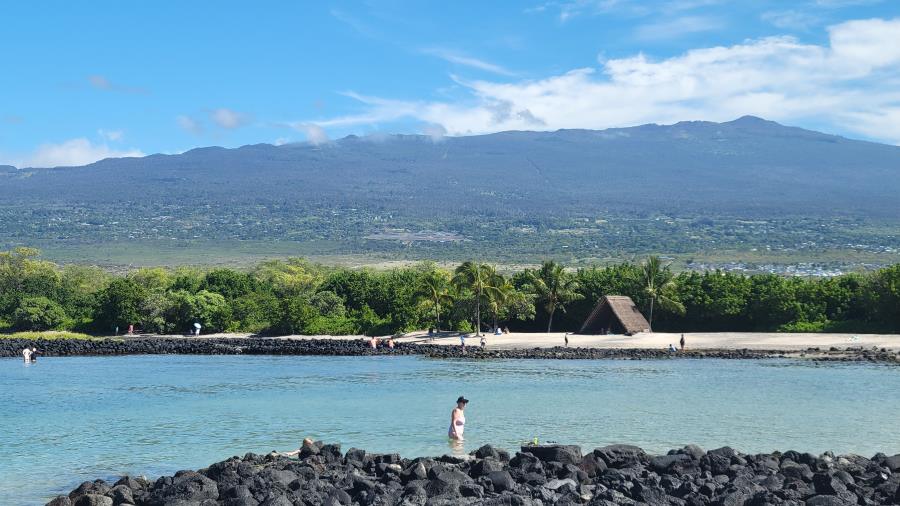
Visit Hawaii’s main national parks
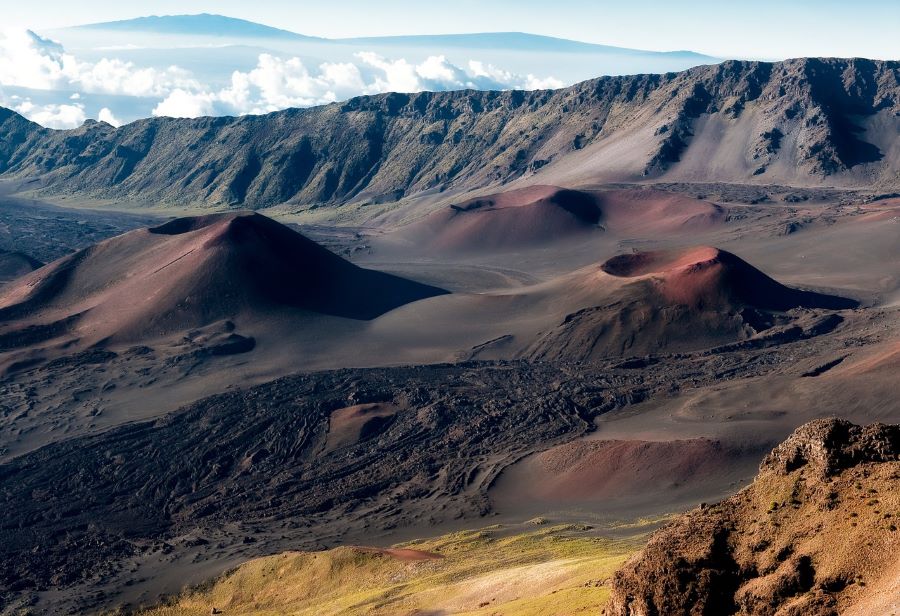
Haleakala National Park
Haleakala National Park, located on the island of Maui in Hawaii, is a vast and diverse natural preserve. Spanning over 33,000 acres, the park encompasses the dormant Haleakala volcano, lush rainforests, unique wildlife, and stunning landscapes.
At the heart of the park lies the Haleakala crater, an enormous volcanic depression that stretches across the summit. Visitors can marvel at mesmerizing sunrises or sunsets from this vantage point, with panoramic views extending over the crater and beyond to the surrounding islands and ocean. The park offers a variety of trails catering to hikers of different abilities, providing opportunities to explore the crater floor and discover its otherworldly terrain.
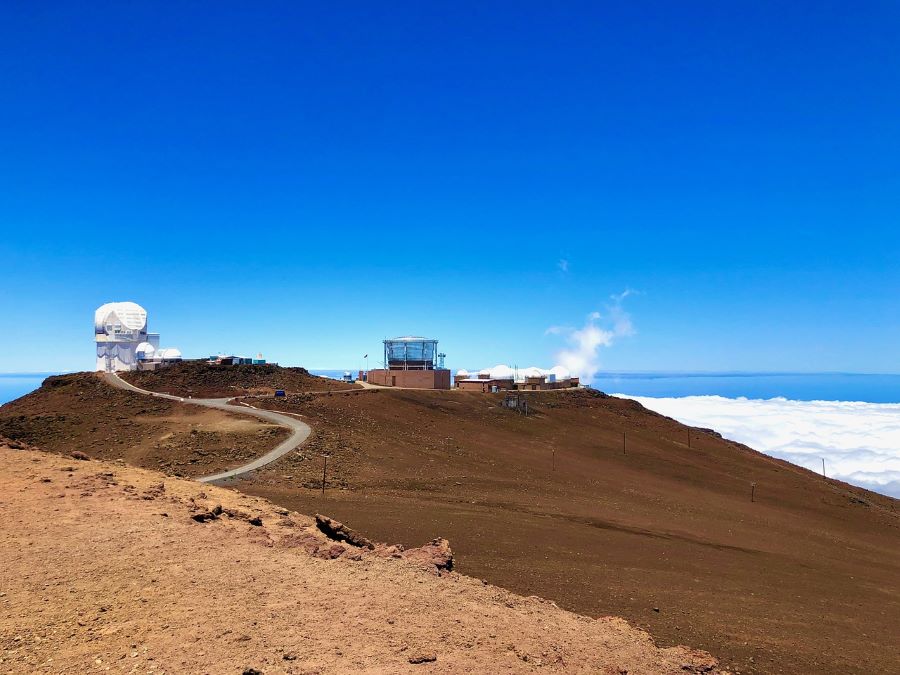
Haleakala National Park is not only known for its volcanic features but also for its diverse ecosystems. The coastal areas offer pristine beaches, dramatic sea cliffs, and fascinating tide pools. Inland, the lush rainforests are teeming with endemic plants and wildlife. Visitors can encounter unique flora, such as the silversword plant, and observe native bird species like the endangered Hawaiian goose, known as Nene.
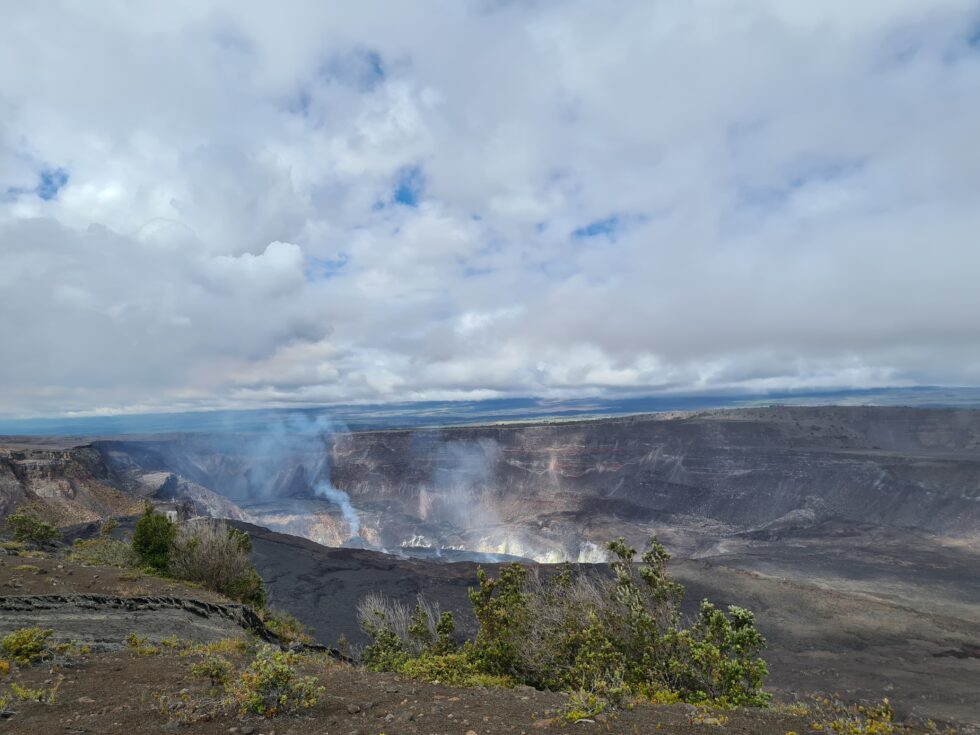
Hawaii Volcanoes National Park
Hawaii Volcanoes National Park is located on the southern eastern part of Hawaii Island and maintains one of the most active active volcano at Kilauea. The caldera at Kilauea is impressive with a deep caldera or sunken canyon where the active lava area centers around Halema’u ma’u crater. This is the home of the Hawaiian deity Pele, the goddess of fire and volcanoes
Hawaii Volcanoes National Park is a captivating natural wonder located on the Big Island of Hawaii. Encompassing over 323,000 acres, the park showcases the incredible volcanic landscapes and the ongoing geological processes that have shaped the Hawaiian Islands.
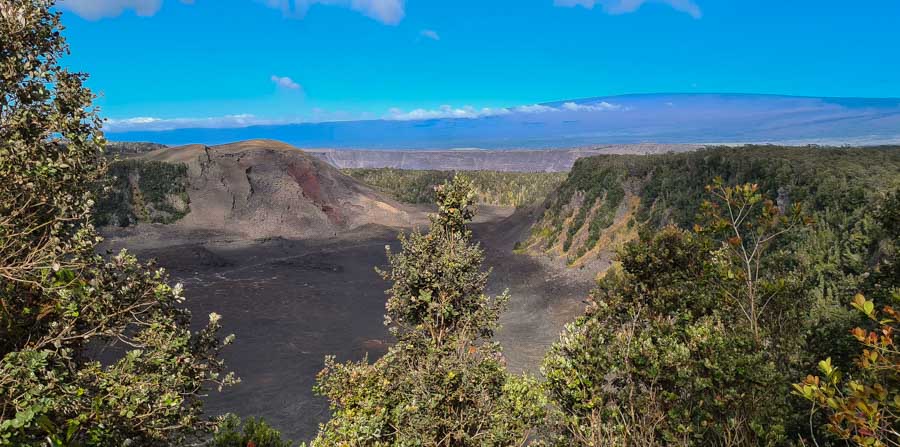
The park is home to two active volcanoes, Kilauea and Mauna Loa, which have shaped the island over millions of years. Visitors can witness the power of these volcanoes through breathtaking sights, such as the glowing lava flows and steaming vents. Hiking trails provide opportunities to explore the unique lava fields and experience the raw beauty of the volcanic terrain up close.
The park offers a range of fascinating attractions, including the Thurston Lava Tube, a cavernous tunnel formed by ancient lava flows, and the Jaggar Museum, which provides insights into the volcanoes’ history and scientific significance. The Chain of Craters Road offers a scenic drive with various stops to observe volcanic features, such as craters, lava fields, and coastal cliffs.
Check out my posts below on visiting Hawaii Volcanoes National Park
Hawaii Volcanoes National Park
Lava eruptions at Volcanoes National Park
Hawaii national monuments and historic sites
Outside of the main national parks located in Hawaii, the state also has national park monuments, historic sites and other cultural treasures that are designated as national park sites. There are a total of 8 national park sites in additional to the two main national parks that we highlight below.
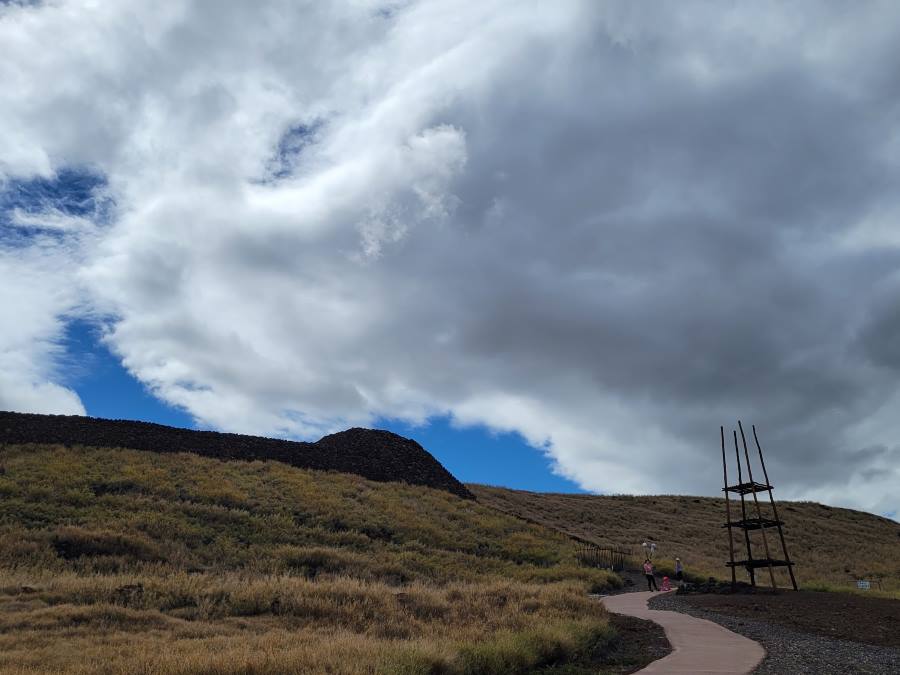
Big Island national parks and monuments

Pu’ukohola Heiau National Monument
Pu’ukohola Heiau National Monument is a significant historical and cultural site located on the Kohala Coast of the Big Island of Hawaii. The monument preserves an ancient Hawaiian temple complex known as Pu’ukohola Heiau, which was constructed in the late 18th century under the leadership of King Kamehameha I. This sacred place played a pivotal role in the unification of the Hawaiian Islands.
The main feature of the monument is the massive Pu’ukohola Heiau, a stone temple built atop a hill. It stands as a testament to the engineering and architectural skills of the ancient Hawaiians. The temple complex also includes other smaller heiau (temples), as well as several ki’i (wooden statues) and a stone enclosure.
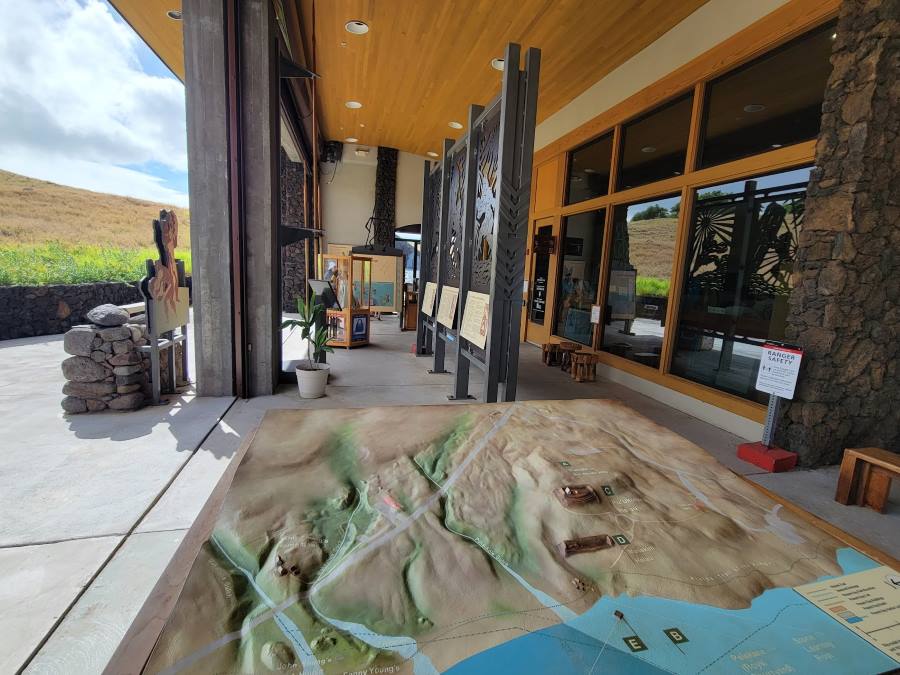
Visitors to Pu’ukohola Heiau National Monument can explore the grounds and learn about the rich history and cultural significance of the site through interpretive displays and guided tours. The monument offers insights into Hawaiian traditions, the sacred practices associated with the heiau, and the pivotal role of King Kamehameha finally uniting the Hawaiian Islands after a series of battles around the islands.
Check out my post on visiting Pu’ukohola Heiau here for more images and information.
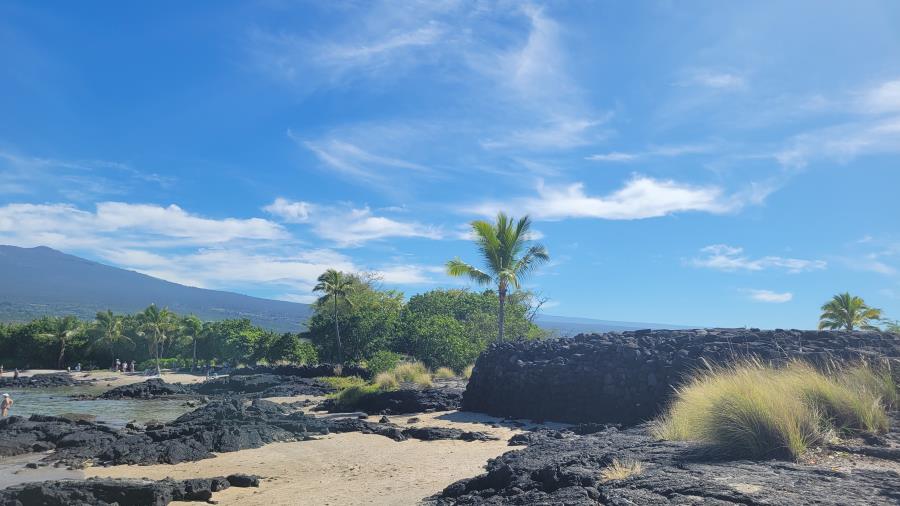
Kaloko Honokonaunau National Historical Park
Kahaluu Bay at Kaloko-Honokohau National Historical Park. Kaloko-Honokohau National Historical Park is a remarkable preservation area located on the western coast of the Big Island of Hawaii. It encompasses a diverse range of natural and cultural features that showcase the history and traditions of the Hawaiian people.
The park’s highlights include the Kaloko and Honokohau fishponds, which were ingeniously constructed by ancient Hawaiians to cultivate and sustain fish populations. These fishponds stand as impressive examples of ancient aquaculture techniques and demonstrate the resourcefulness and ingenuity of the Hawaiian people.
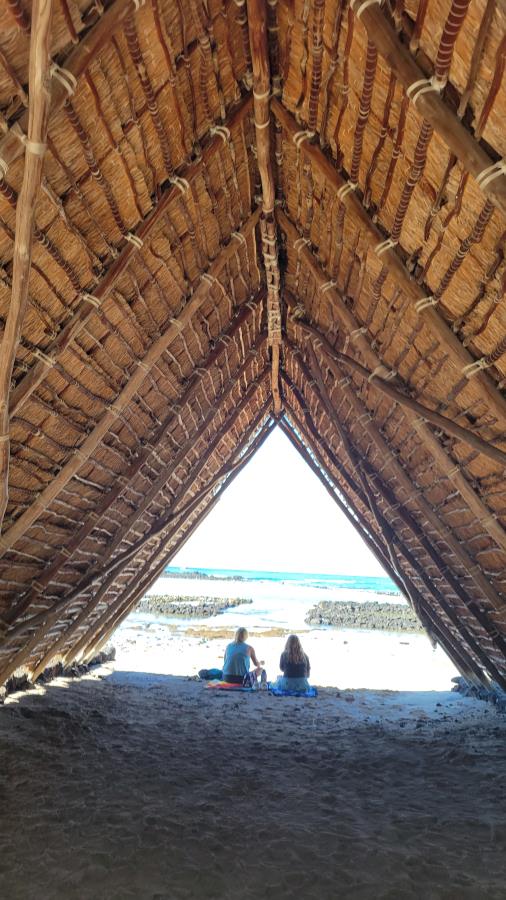
Visitors to Kaloko-Honokohau National Historical Park can explore the well-preserved archaeological sites that provide insights into the traditional Hawaiian way of life. The park is home to sacred temples known as heiau, ancient petroglyphs etched into lava rock, and restored historic sites like the Aiopio Fishtrap and the Hōlualoa Kūapa.
Check out my post here on visiting Kaloko Honokohau here for more images and information.
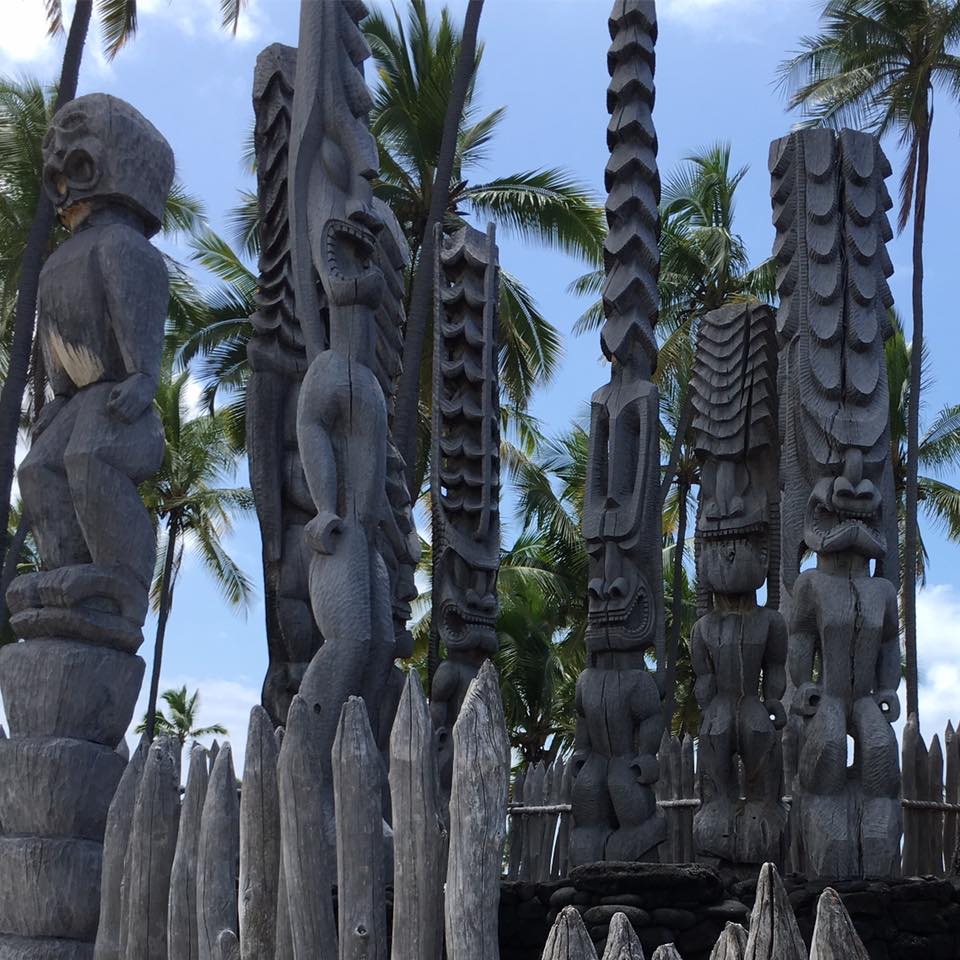
Pu’u Honua O Honaunau or Place of Refuge
Pu’u Honua O Honaunau, also known as the Place of Refuge, is a sacred and historical site located on the western coast of the Big Island of Hawaii. This revered place holds significant cultural and spiritual importance in Hawaiian history.
The Place of Refuge served as a sanctuary for those who had violated kapu (taboos) in ancient Hawaiian society. It was a designated safe haven where individuals seeking forgiveness and redemption could find solace and protection from punishment. The sanctuary provided an opportunity for offenders to undergo cleansing rituals and be absolved of their transgressions.
Today, visitors to Pu’u Honua O Honaunau can explore the well-preserved archaeological remains that depict the unique layout and structures of the ancient sanctuary. The site includes a reconstructed thatched-roof hale (traditional house), stone platforms, terraces, and the iconic Great Wall, which served as a boundary separating the sacred refuge from the outside world.
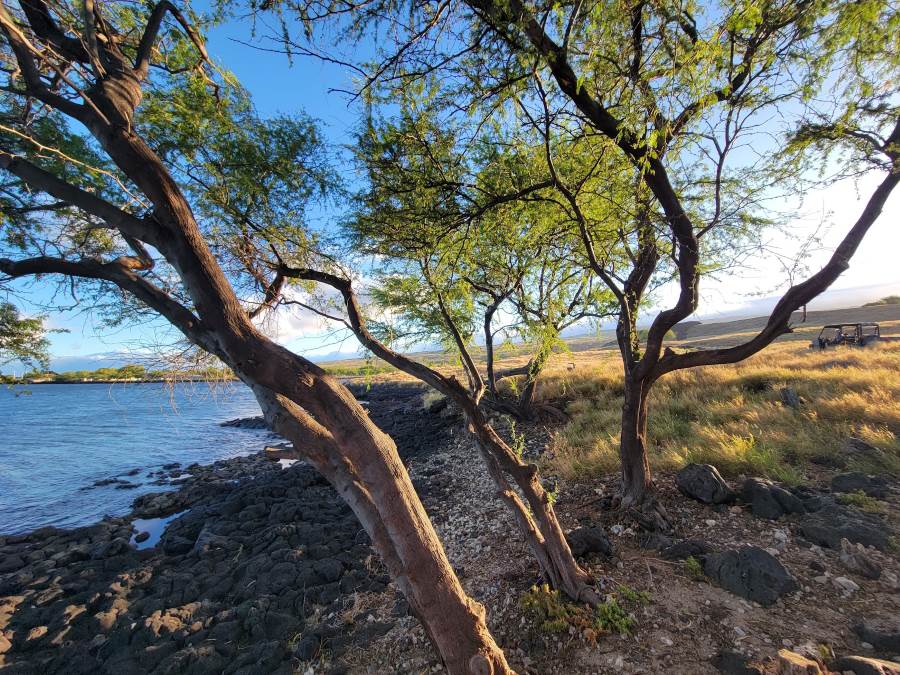
Ala Kahakai National Historic Trail
Ala Kahakai National Historic Trail is a significant trail located on the Big Island of Hawaii. Stretching approximately 175 miles along the island’s coastline, the trail traverses through diverse landscapes, ancient Hawaiian settlements, and culturally significant sites.
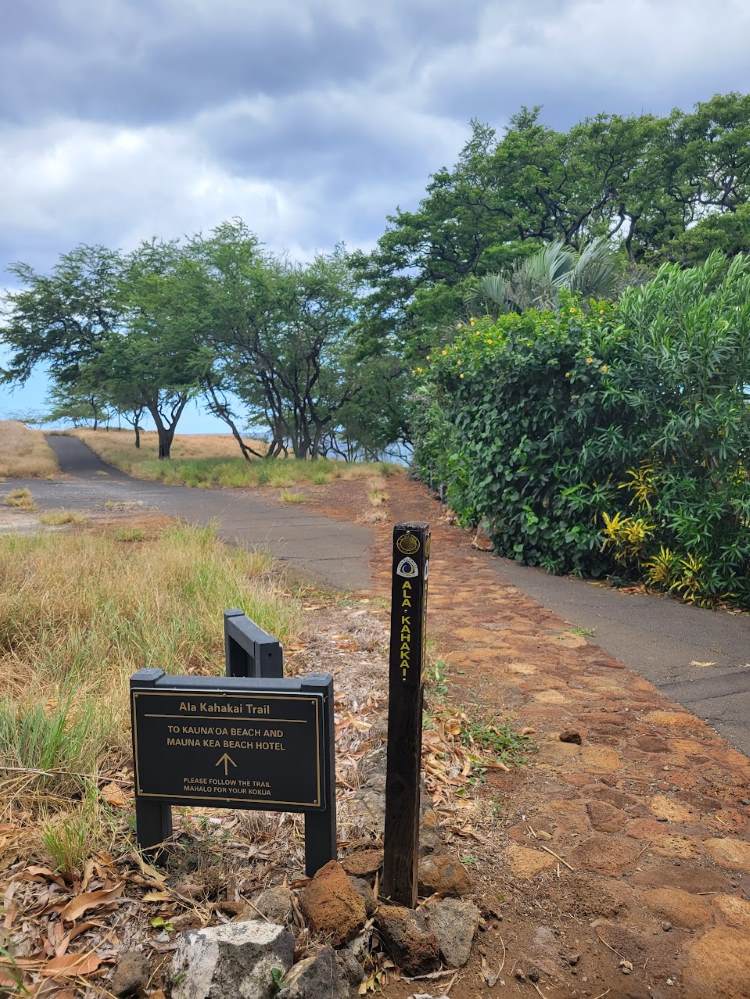
The Ala Kahakai Trail holds great historical and cultural importance, as it was once a vital transportation route used by the indigenous Hawaiian people. It connected communities, facilitated trade, and allowed for the movement of people, goods, and information along the coast.
Today, the trail provides visitors with an opportunity to explore the island’s rich history and natural beauty. The route showcases a variety of landscapes, including rugged lava fields, pristine beaches, lush forests, and coastal dunes. Along the trail, hikers can discover remnants of ancient Hawaiian villages, sacred sites, and petroglyphs etched into lava rocks, providing insights into the traditional way of life and customs of the indigenous people.
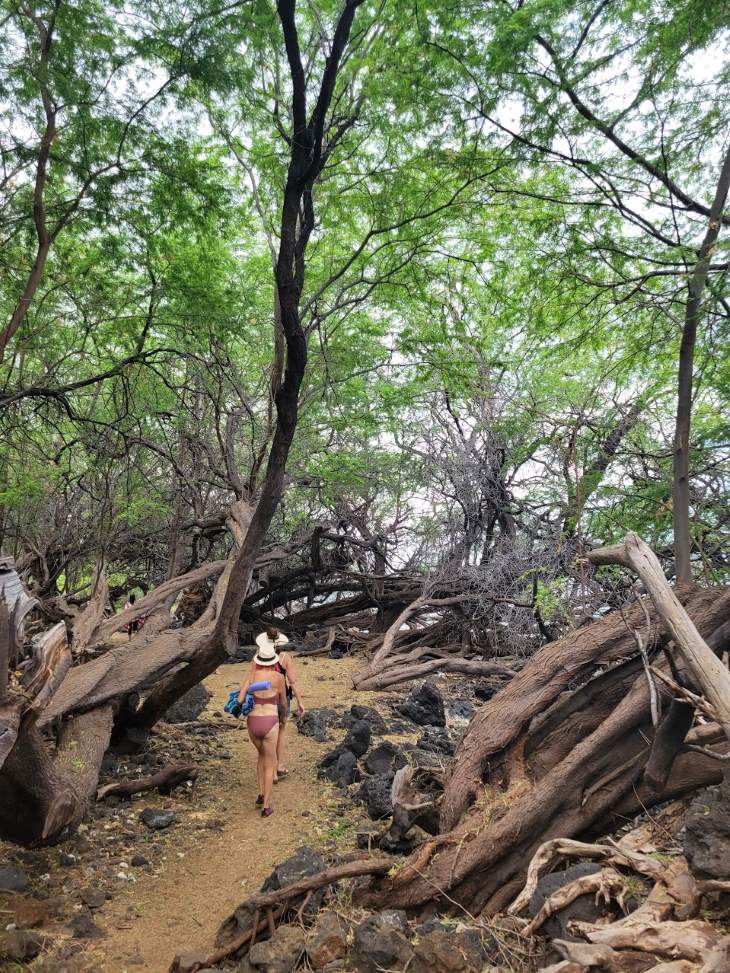
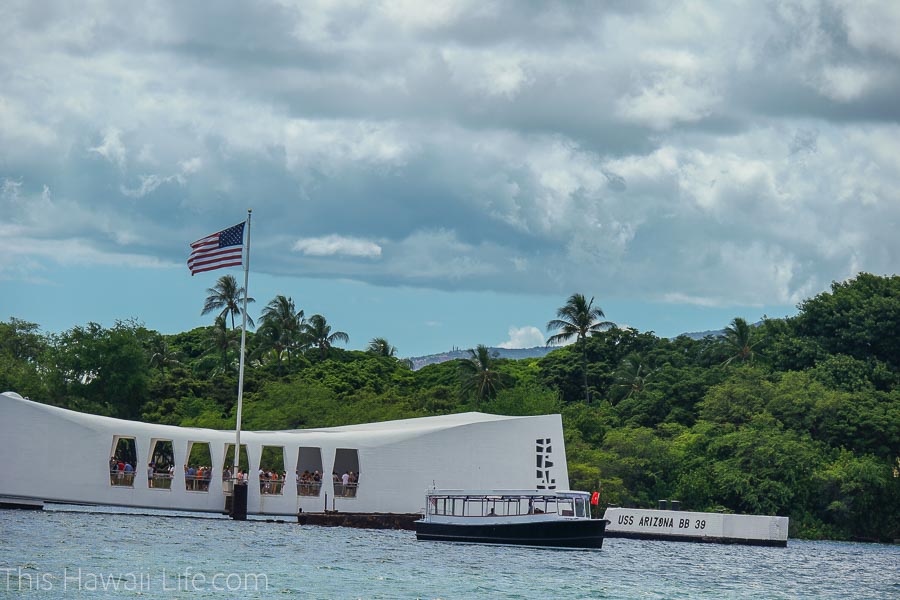
National Parks and monuments in Oahu
Pearl Harbor National Monument
Pearl Harbor National Monument is a significant historical site located on the island of Oahu in Hawaii. It commemorates the tragic events of December 7, 1941, when the Japanese launched a surprise attack on the U.S. Pacific Fleet stationed at Pearl Harbor, leading to the United States’ entry into World War II.
The monument encompasses several key sites, including the USS Arizona Memorial, USS Oklahoma Memorial, and the Battleship Missouri Memorial. The USS Arizona Memorial, built directly above the sunken remains of the USS Arizona battleship, serves as a solemn tribute to the lives lost during the attack. Visitors can take a boat ride to the memorial and pay their respects to the fallen servicemen.
The USS Oklahoma Memorial honors the crew members of the USS Oklahoma battleship, which capsized during the attack. It provides a poignant reminder of the human toll and sacrifice of that fateful day. The Battleship Missouri Memorial, located nearby, allows visitors to explore the mighty USS Missouri, the site where Japan officially surrendered, ending World War II.
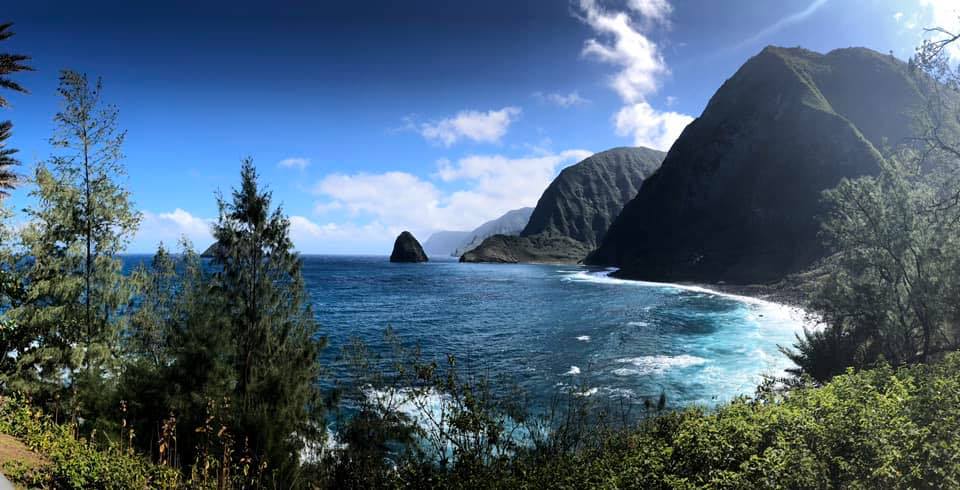
National Monuments at Molokai
Kalaupapa National Historical Park
Kalaupapa National Historical Park is a significant and poignant site located on the remote Kalaupapa Peninsula of Molokai, Hawaii. The park holds deep historical and cultural significance as it was once a place of isolation for individuals affected by leprosy, also known as Hansen’s disease.
From 1866 to 1969, individuals diagnosed with leprosy were forcibly relocated to Kalaupapa as part of a government-sanctioned policy of quarantine. The park preserves the history and stories of those who lived in isolation on the peninsula during this period.
Visitors to Kalaupapa National Historical Park can explore the remaining buildings and structures that reflect the unique history of the settlement. These include St. Philomena Church, Bishop Home, and several historic houses. The park offers guided tours, providing insights into the lives of the patients, their struggles, and the remarkable community they built amidst adversity.
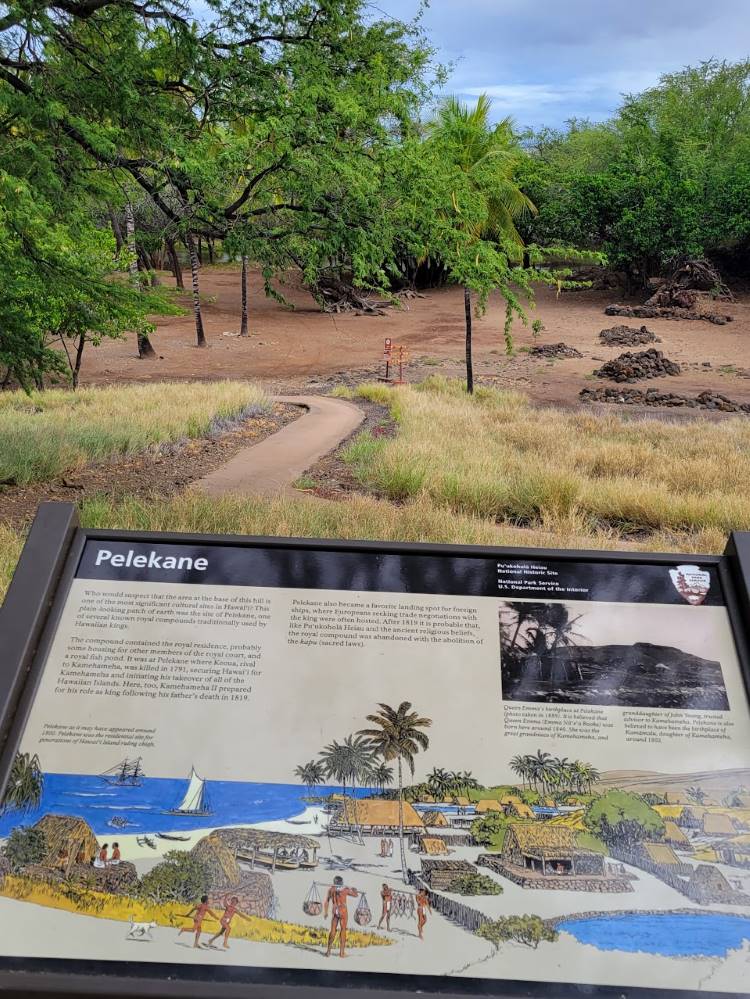
Tips to visiting the Hawaii national parks and monuments
Here are some useful tips for visiting the national parks and monuments in Hawaii:
Plan ahead: Research the parks and monuments you want to visit, including their operating hours, entry fees, and any specific rules or regulations. Be aware of any closures or restrictions that might impact your visit.
Dress appropriately: Wear comfortable clothing and sturdy shoes suitable for the diverse environments in Hawaii’s parks. Layer your clothing and bring a hat, sunscreen, and a rain jacket to be prepared for changing weather conditions.
Stay hydrated: Carry a water bottle with you and drink plenty of water throughout your visit, especially if you’ll be hiking or spending extended periods outdoors. Some park areas may not have easily accessible water sources, so it’s important to bring an adequate supply.
Respect the environment: Hawaii’s national parks and monuments are home to fragile ecosystems and cultural sites. Follow designated trails, stay on marked paths, and avoid disturbing or removing any natural or cultural artifacts.
Pack essential items: Depending on the specific park you’re visiting, consider bringing insect repellent, binoculars, a camera, and snacks or a picnic lunch. Some parks may have limited amenities, so it’s a good idea to come prepared.
Be cautious and aware: Pay attention to signs and warnings, particularly regarding hazardous areas or wildlife encounters. Maintain a safe distance from wildlife and exercise caution near cliffs, steep terrain, or rough waters.
Engage with park rangers: Park rangers are a valuable resource, providing information, guidance, and safety tips. Don’t hesitate to ask questions or seek their assistance during your visit.
Capture memories responsibly: Photography is a wonderful way to capture the beauty of the parks, but be mindful of any photography restrictions, especially in culturally sensitive areas. Respect the privacy and sacredness of certain sites.
Leave no trace: Practice responsible tourism by carrying out any trash or waste you generate during your visit. Leave the parks as you found them, ensuring their preservation for future visitors.
Enjoy and appreciate: Take your time to fully enjoy the natural wonders, cultural significance, and breathtaking landscapes. Hawaii’s national parks and monuments offer unforgettable experiences, so savor each moment and create lasting memories.
Remember, the specific guidelines and recommendations may vary for each park, so it’s advisable to check their official websites or consult with park authorities for the most up-to-date information prior to your visit.
Check out these other Hawaii parks and natural landscapes
Top places to hike on the Big Island
Explore Lapakahi State Historical Park
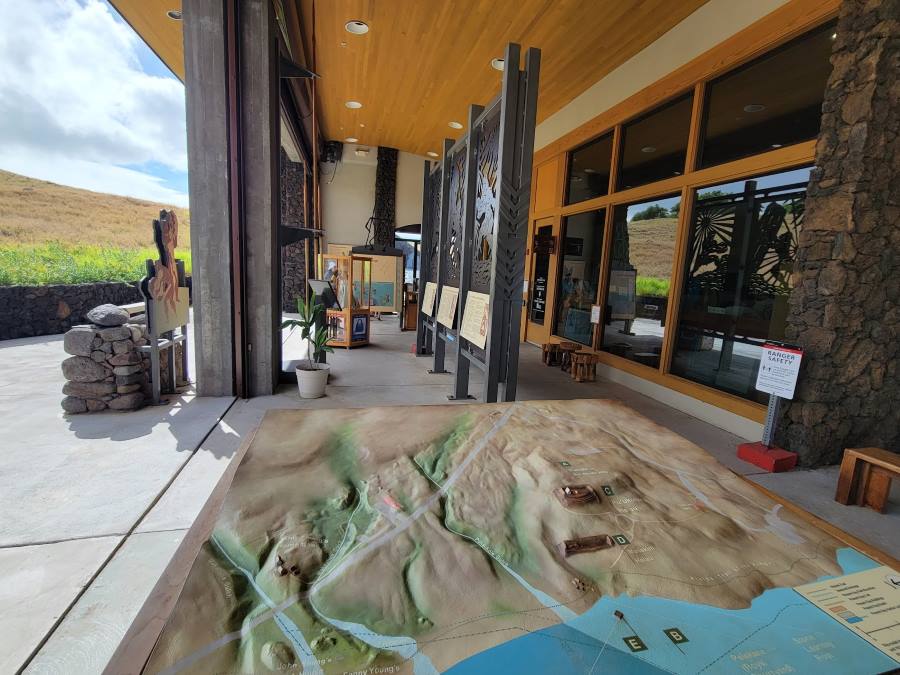
Conclusion to the Hawaii National parks and monuments
Hawaii’s national parks and monuments stand as remarkable testaments to the state’s rich natural and cultural heritage. These treasured sites preserve the unique ecosystems, awe-inspiring landscapes, and ancient traditions that make Hawaii a truly enchanting destination. Whether it’s exploring the lush rainforests of Haleakalā National Park, witnessing the fiery glow of Kīlauea Volcano at Hawai’i Volcanoes National Park, or immersing oneself in the captivating history of Pearl Harbor National Memorial, visitors are treated to unforgettable experiences that deepen their appreciation for the Aloha State.
The ongoing preservation efforts and accessibility initiatives ensure that future generations will continue to cherish and learn from these extraordinary places. With their unmatched beauty and profound significance, Hawaii’s national parks and monuments remain enduring symbols of the state’s natural and cultural legacy.


0 Comments
Trackbacks/Pingbacks